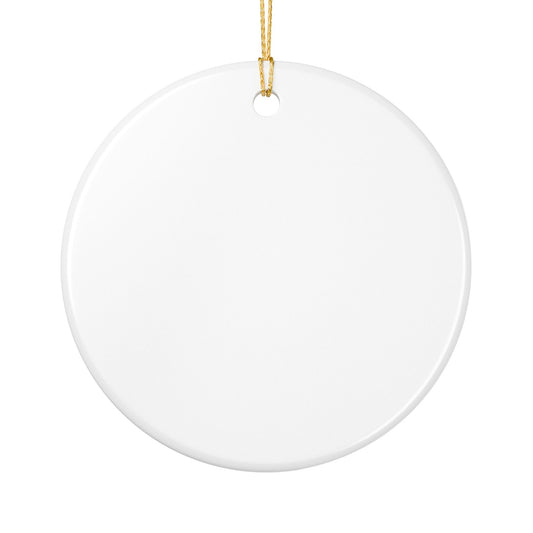Midori Spring Ceremonial Matcha Gold Class from Japan
Share

Midori Spring Matcha Sponsored
Midori Spring is sponsoring today’s post, but as always, all thoughts and opinions are my own. Thanks for continuing to support brands that support me!
Have you ever tried Matcha Green Tea? I am a huge fan of Matcha and have used this fine green tea powder for as a tea and in recipes (see here). Matcha is derived from leaves of the Camellia Sinensis and is ground into a super fine powder.
http://www.midorispring.com Learn how to brew traditional matcha green tea, using Premium Midori Spring Gold Class Matcha. Also for the those on the go, use our quick brew method.
Benefits of Matcha
- Increase in energy – Matcha is an energy booster due to the combination of caffeine content and other natural properties.
- Reduce stress and improve mental alertness – Matcha has an abundance of the unique Amino Acid L-Theanine. Matcha may contain up to five times more of L-Theanine than the common green teas. L-Theanine creates alpha waves in the brain to promote relaxation and alertness.
- Improve metabolism and help with weight loss – Matcha is close to zero calories and helps burn calories four times faster than average. Matcha also lowers cholesterol and blood sugar and does not raise insulin levels.
- Boost immune system and reduce inflammation – Matcha has the highest rated ORAC (Oxygen Radical Absorbance Capacity) compared to many fruits and vegetables. Matcha also contains a specific Catechin called Epigallocatechin Gallate (EGCg). EGCg is most widely recognized for its cancer-fighting properties. Research has found that Matcha contains over 100 times more EGCg than any other tea on the market.
- Help the body cleanse of harmful elements – When the tea leaves have shaded sunlight, this causes a tremendous increase in chlorophyll production. The resulting high levels of chlorophyll in Matcha acts as a powerful detox machine capable of naturally removing heavy metals and chemical toxins from the body.

I absolutely love 2 tablespoons of Matcha mixed in an 8 oz glass of cold milk. On hot days I even add crushed ice and if I feel extremely naughty top it off with a bit of whip cream. OMG, it is to die for! A cup of Matcha has 35 mg of caffeine compared to a cup of coffee that has anywhere from 95-200 mg of caffeine. Midori Matcha is gluten, dairy, soy and GMO-free and is organic and Kosher certified. Matcha can also be used in cooking and baking. Check out my Matcha Pancake recipe here.
Tips for Brewing Matcha
- The temperature of the water – we recommend brewing the Matcha between 72-76⁰c (162-169⁰f). If the temperature is too high, it may cause bitterness.
- The ratio of Matcha and water – Too much or too little of either Matcha or water. We recommend starting off with 1/2-3/4 teaspoon of Matcha with 60mL/2oz of water. If it is too strong, add a little amount of water each time until desired taste.
- Whisking process – Sometimes using the hand whisk will miss some spots. Best results are to use a small sifter to avoid clumping when putting Matcha into the bowl. Pour a bit of water first and whisk for a few seconds, then pour the rest of the water in. Make sure you whisk in a “W” motion and that the whisk does not scrape the bottom of the bowl. Frothers like this one, are also a great option if you do not use a whisk.

You can find Midori Spring Matcha Gold Class on Amazon
Storing Matcha
Once you open the container make sure to store the Matcha in the fridge to keep it fresh. Matcha will clump a bit, so just use a fork to loosen it up again. Matcha has an intense green color. Over time the vibrant emerald green color will turn brown due to oxidation. The Matcha is still safe to drink, but its optimum state of freshness is retained for about 3 months
Amazon * Facebook * Twitter
I received one or more of the products mentioned above for review purposes. I only recommend products or services I use personally and believe will be good for my readers. I’m just a regular consumer and I appreciate trying out products and giving honest feedback about products that regular people like me use on a daily basis or consider buying. My views and opinions are from a customer/end user’s standpoint.


































































